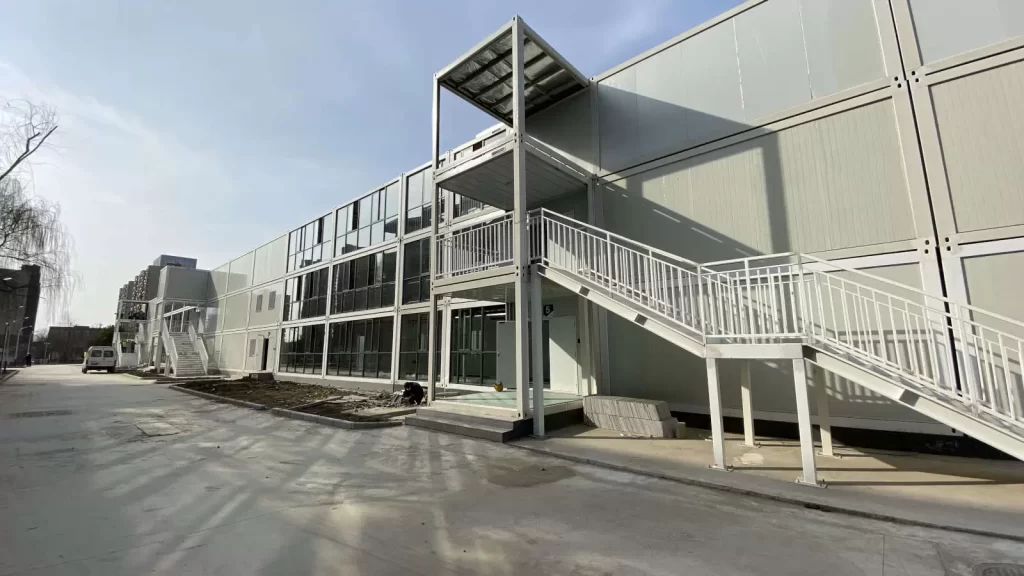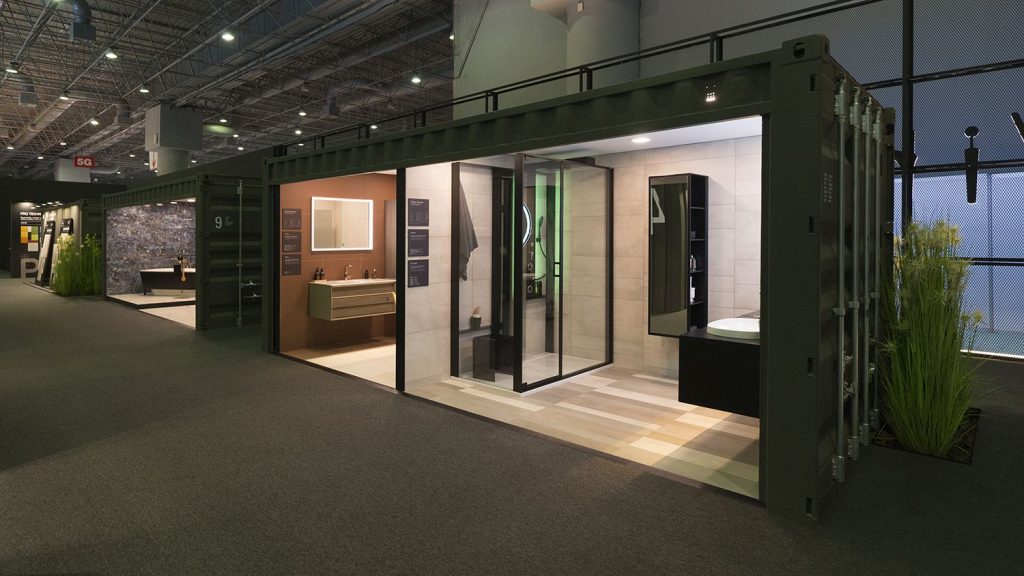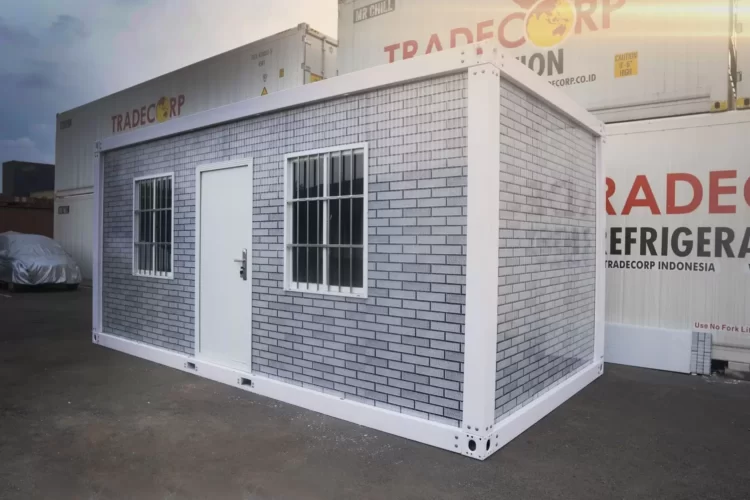Residential buyers have many choices when it comes to architectural home styles like traditional, colonial, ranch, contemporary, and minimalist. Those are just a few, but most buyers also consider a house that fits their financial budget, needs, and styles. Traditional brick-and-mortar houses remain a popular option among buyers, but some of them may opt for container houses. The demand for shipping containers to be repurposed for a house is quite popular. It may be supported by the wide availability of steel containers and the benefits from the inherent quality of Corten steel construction, not to mention other advantages that shipping containers can offer. Are you wondering how to build a shipping container house? Read through this article to find out simple steps for creating your container house.
7 Steps to build a shipping container house

- Source: www.shippingcontainersusa.com
After you are convinced that a container house is the best option that fits your circumstance, below are the steps that typically involve in building a shipping container house.
First step: Permits and planning
Before buying shipping containers for sale, the first thing you have to do is obtain all the necessary building permits from the local government. It is important that the local government approves your container home which should adhere to the local building permits and zoning laws.
After obtaining building permits and zoning approvals, you can choose the location for your metal container house. You can work with your architect and structural engineer to prepare the floor plan and the site, including leveling the ground and installing the foundation.
Second step: Buying shipping containers

- Source: www.shippingcontainersusa.com
So, you obtain the necessary permits and get a sound structural foundation. Good job. The next step is buying shipping containers for sale that fit your needs and financial budget. Your floor plan determines the condition, type, and size of the metal units that you will purchase.
You may opt for 40’ high cube (HC) units that offer more vertical space. A 40 ft high cube container with external dimensions of 40’ long x 8’ wide x 9’6” gives you the extra head space of one foot. With the extra space, you can fit more items, using the additional one-foot head space for placing a heater or an air conditioner, for example.
Third step: Preparing the land and placing the containers
After purchasing the containers, you need to work with your architect or structural engineer to select the types of ground foundation. Some of them are wooden or concrete foundations.
Having selected the best type of ground foundation is a great step. Now you should place the containers on the ground foundation. You can use a crane or a forklift for easy lifting and placing the containers on your ground foundation
Fourth step: Cutting container openings and welding the containers
To cut and create window and door openings, you can use some tools like a grinder, cutting torch, or a plasma cutter. Thanks to cutting-edge tools that enable the easy cutting of corrugated steel containers. After cutting the openings, the following step is welding your containers together so that you can create your desired layout for your container house.
Fifth step: Insulating the container
To control the temperature inside your container house and to create soundproofing, you need insulation. You can insulate your container interior with either spray foam or fiberglass batt or roll. The choice depends on your budget and your preference.
Sixth step: Installing electrical wiring and plumbing
To install electrical wiring for your container house, you can buy containers that have been fitted with electrical wiring, you can install it by yourself, or you can hire a container modification expert. Meanwhile, when it comes to plumbing, ask your structural engineer or contractor for the proper method for cutting the holes for plumbing installation.
Seventh step: Decorating
Now, you have fitted your container house with all the necessary amenities like electrical wiring and plumbing. Fantastic. Then you will come to the last step which includes furnishing and decorating the container interior with drywall, flooring, and fitting and fixtures as you desire.
Building a shipping container house can be a challenging but rewarding process, and it is important to carefully plan and execute each step to ensure a successful outcome.
Are you looking for new or used shipping containers for sale? At Tradecorp, you can find the right containers to be converted into a house. All you have to do is fill out the quote. Then, our sales will contact you and answer all your inquiries.


